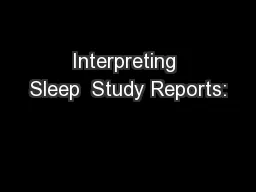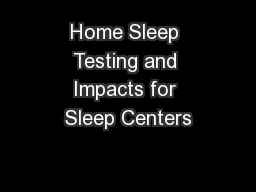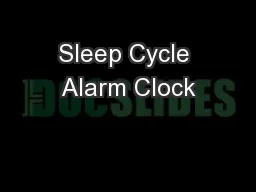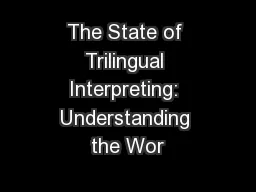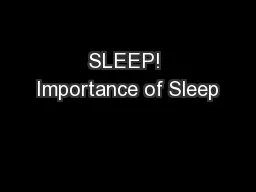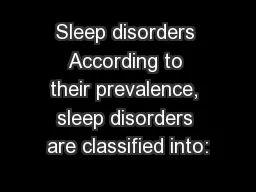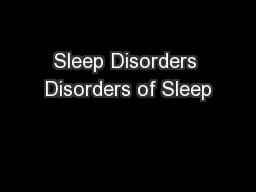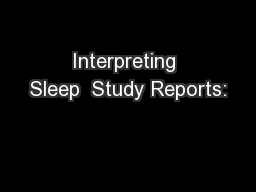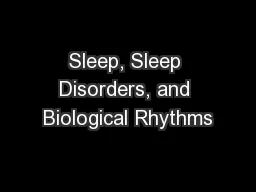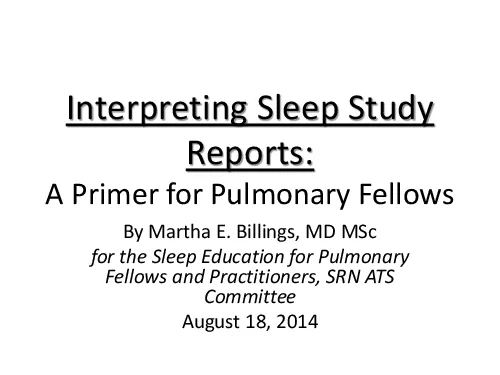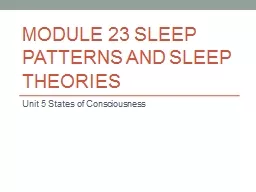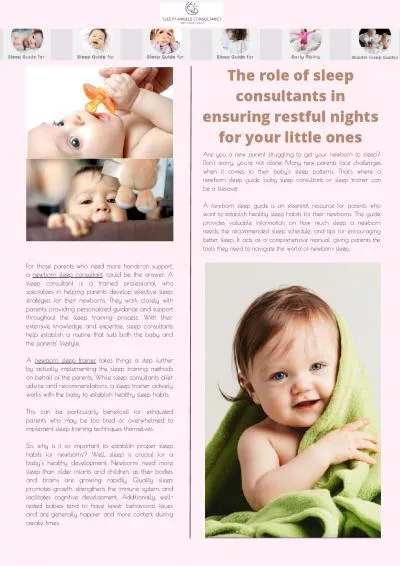PPT-Interpreting Sleep Study Reports:
Author : lindy-dunigan | Published Date : 2018-07-03
A Primer for Pulmonary Fellows By Martha E Billings MD MSc for the Sleep Education for Pulmonary Fellows and Practitioners SRN ATS Committee August 18 2014 Obstructive
Presentation Embed Code
Download Presentation
Download Presentation The PPT/PDF document "Interpreting Sleep Study Reports:" is the property of its rightful owner. Permission is granted to download and print the materials on this website for personal, non-commercial use only, and to display it on your personal computer provided you do not modify the materials and that you retain all copyright notices contained in the materials. By downloading content from our website, you accept the terms of this agreement.
Interpreting Sleep Study Reports:: Transcript
Download Rules Of Document
"Interpreting Sleep Study Reports:"The content belongs to its owner. You may download and print it for personal use, without modification, and keep all copyright notices. By downloading, you agree to these terms.
Related Documents

